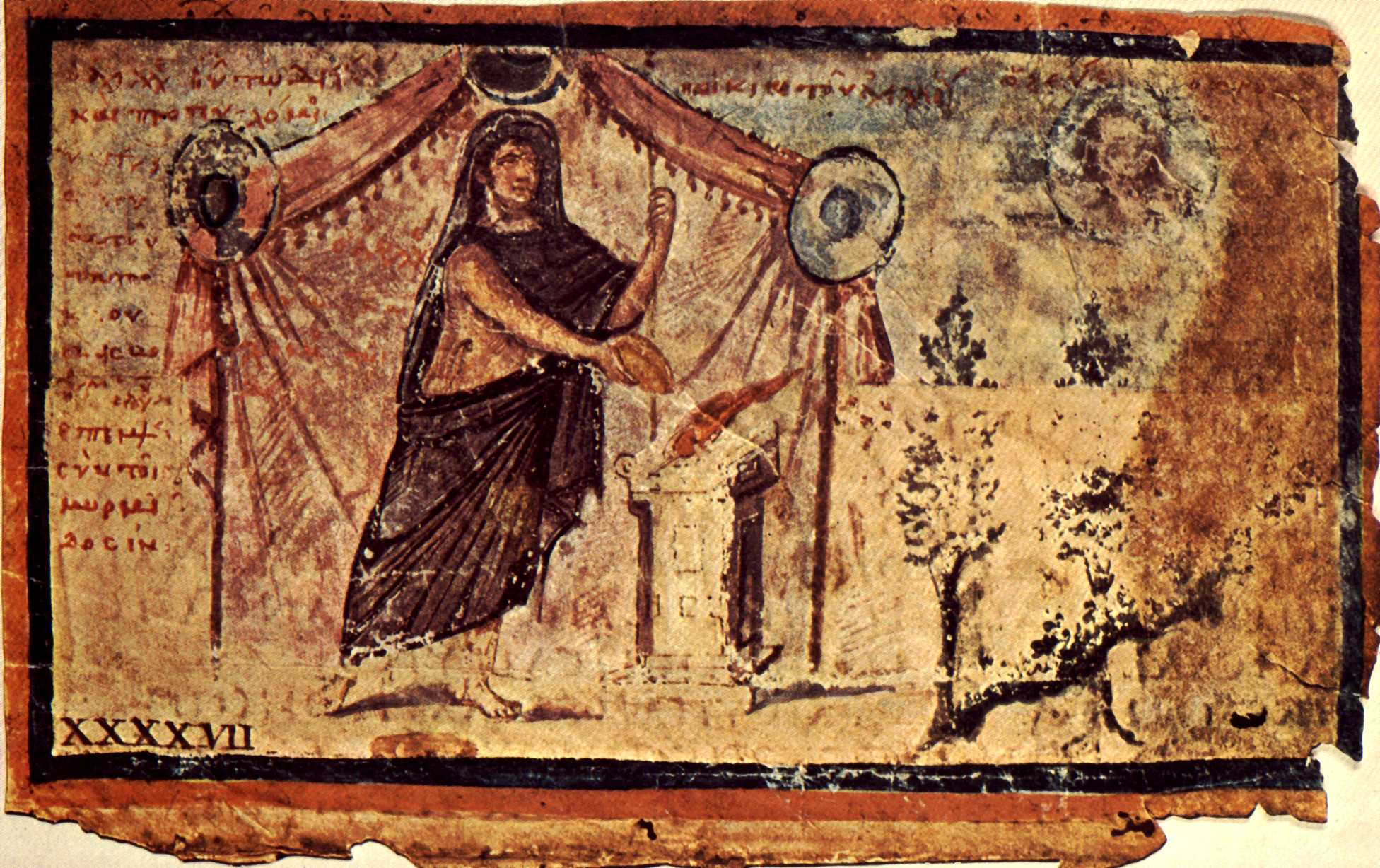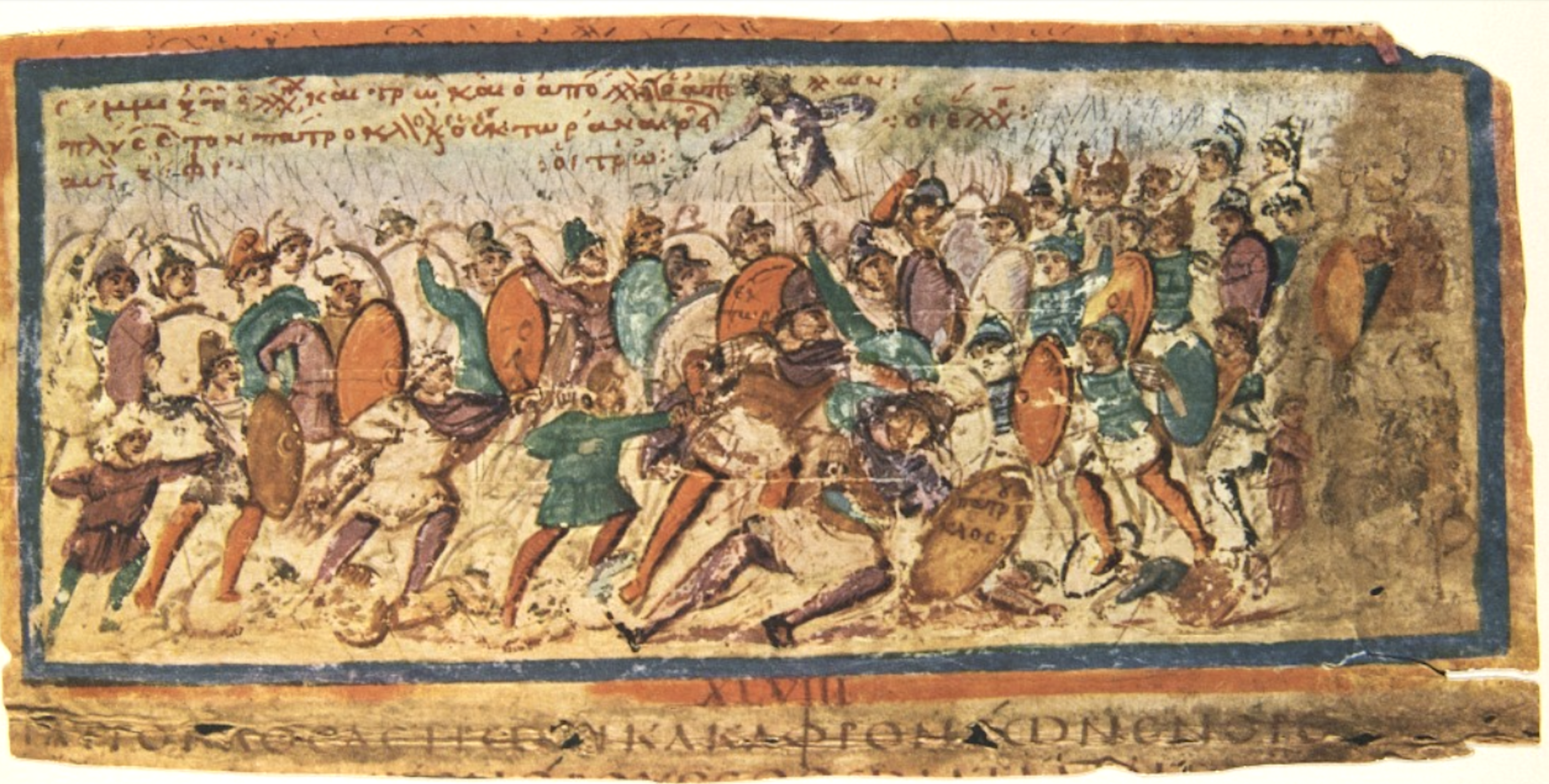In most places across the world, speak the name of Dante, and your listeners will think of Inferno. Since its first publication more than 700 years ago, its depiction of Hell has become influential enough to shape the perceptions of even those who don’t believe that such a place exists. Take the thoroughly Dantean idea that Hell is constructed of nine concentric circles, each inhabited by a different kind of sinner being eternally punished in a manner that reflects the nature of the offense. The gluttons on level three, for example, “are doomed to grovel endlessly in thick, putrid mud” while “bombarded by icy rain.”
So explains Tommie Trelawny, creator of the YouTube channel Hochelaga, in his twenty-minute explanation of Inferno at the top of the post. While going over the broad outlines of Dante’s Virgil-guided journey into the underworld, he addresses questions you may not have considered even if you’ve read this super-canonical poem before.
Why, for instance, was it written in the first place? “In Dante’s day, the topic of sin and punishment was a major issue in the Church,” he says. Thus, “ideas around Hell were becoming more and more sophisticated” in art and literature, not least in order to send a cautionary message to the common people.
For Dante, however, the matter was somewhat more personal. The poet “was embroiled in a conflict between rival factions in his native city of Florence. He backed the wrong side, leading to his exile.” Launching into the composition of Inferno thereafter, he set about “putting people he disliked into his vision of Hell,” like the “clergymen who used their positions to amass wealth through church donations rather than serving their flock faithfully.” They were consigned to the circle of greed. It’s certainly not without satisfaction that Dante watches his real-life political rival Filippo Argenti get torn apart in the river Styx of circle five, reserved for the wrathful.
Surely Dante — or at least the fictional Dante — was also committing some kind of sin by relishing in the suffering of others, even others more sinful than himself. But that’s less relevant to the second and third parts of the story, Purgatorio and Paradiso, which together with Inferno make up what we now know as Dante’s Divina Commedia, or Divine Comedy. The latter two-thirds of the work may be less widely read than Inferno, but they’re no less imaginative; when we today describe an experience as purgatorial, we’re evoking on some level the in-between realm for the mildly unvirtuous that Dante envisioned on a far-flung island on the other side of the earth. And if you never did get around to reading Paradiso, this video summary may pique your curiosity about it, describing as it does a storyline in which Dante goes to outer space: a place very nearly as interesting as Hell.
Related content:
Dante’s Divine Comedy: A Free Course from Columbia University
Beautiful 19th-Century Maps of Dante’s Divine Comedy: Inferno, Purgatory, Paradise & More
Based in Seoul, Colin Marshall writes and broadcasts on cities, language, and culture. His projects include the Substack newsletter Books on Cities and the book The Stateless City: a Walk through 21st-Century Los Angeles. Follow him on the social network formerly known as Twitter at @colinmarshall.





